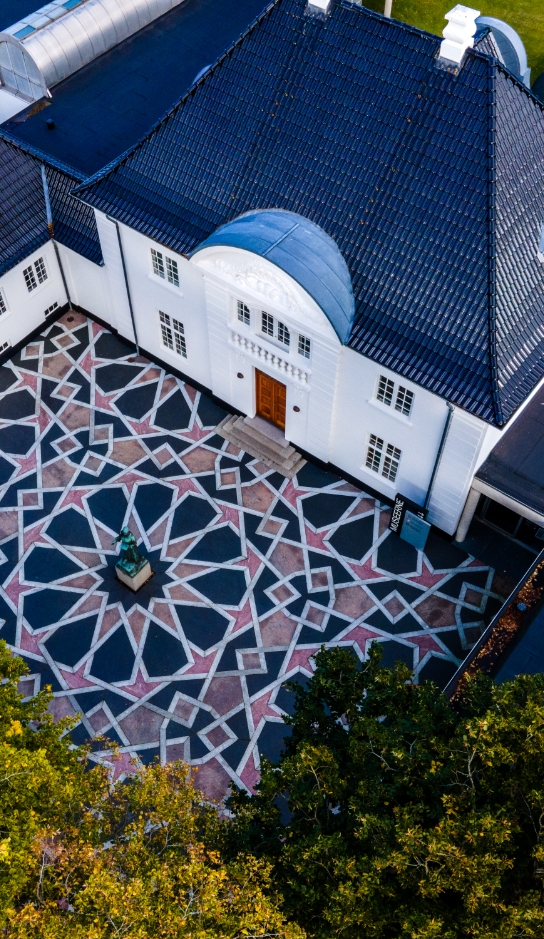The Artist and Collector Poul Holm Olsen
Collection
A classical and tradition-conscious education
Poul Holm Olsen (1920-1990) was admitted to the School of Sculpture of the Royal Danish Academy of Fine Arts in Copenhagen in 1949, where, under Professor Einar Utzon-Frank, he received a classical and tradition-conscious education. In 1955 he became an associate professor at the same place – a position he held until his death. With his unusual personality and extensive knowledge of art and sculptural techniques, Poul Holm Olsen became an important inspiration in the art education world for subsequent generations of sculptors.
Prioritizing the collection
In 1954, Holm Olsen received a French state grant with a trip to Paris, where the flea market at Porte de Clignancourt became the starting-point for his large collection of traditional African art, which eventually numbered just under 1,000 items, purchased on numerous journeys. The collection also features Greek torsos, Chinese furniture, Indian and Egyptian busts and Japanese items. His own work, however, Holm Olsen was happy to keep to himself, and he exhibited extremely rarely. In the late 1960s, he devoted himself fully to his steadily growing collection.
A common human endeavour
Holm Olsen did not regard the African masks and sculptures as ethnographic or exotic objects, but rather as works of art, on an equal footing with classical and modern European art. It was therefore only natural for the art historian Poul Vad, when he was commissioned by Holstebro Municipality to build a collection for the town’s new art museum, to contact Poul Holm Olsen with a request to keep parts of the collection at the museum.
"For almost all contemporary artists, these primitive works of art have meaning, they are all drawn to them. They surround themselves with them to get used to strong, clear and harmonious impressions. (...)
The artists admire the cubic perception. the alternating play of the surfaces, the long continuous lines, the courses of the internal axes concurrently with and against each other. The penetrating power can be absolutely wonderful (...)"
Poul Holm Olsen on his collection of African traditional art, 1967



